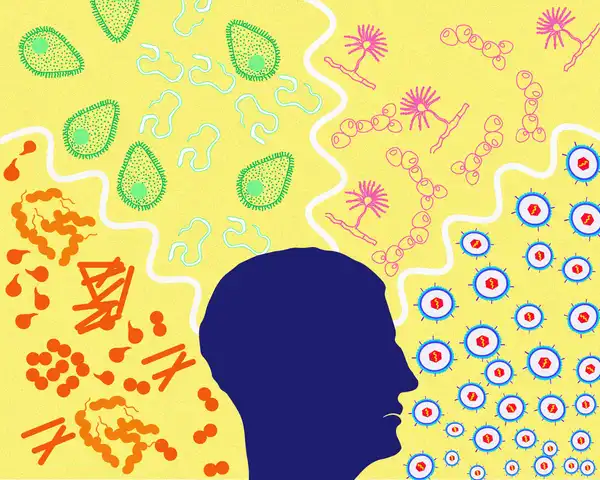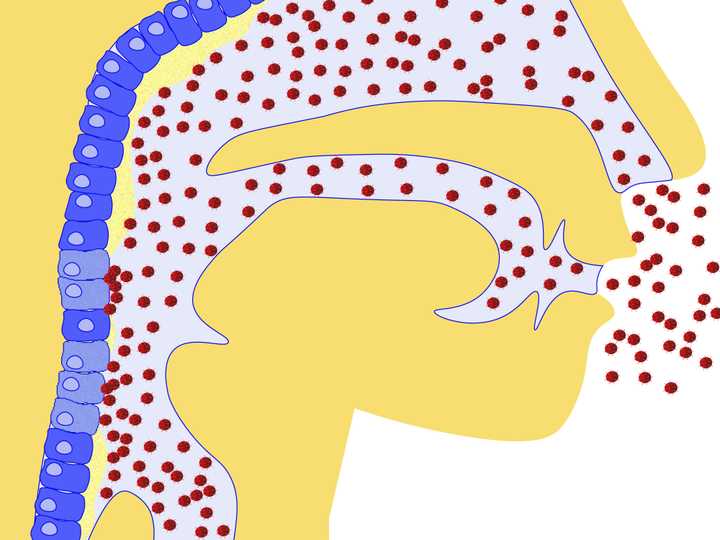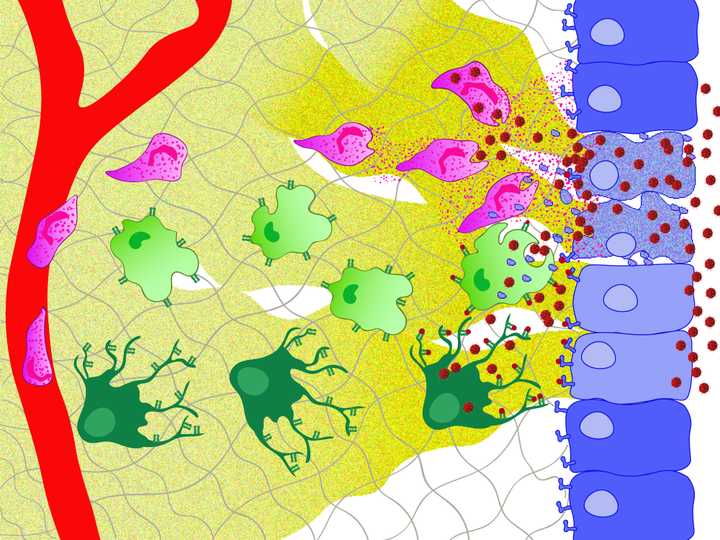
Everything you need to know about stem cells
What are stem cells, and what makes them so unique? What are the different types of stem cells, and how have they impacted modern medical science? Here is us answering all your questions about stem cells.

We literally live in an ocean of germs. The air we breathe, the food and water we consume, the toilet seat we sit on, the phone you are currently holding, all contain millions of micro-organisms, reproducing by the minute. Try and imagine a tiny film of microbes on everything around you. Perhaps that is what the world would look like under a giant microscope!
Every organism in this ecosystem is a packet of nutrition for another. While the bigger organisms, such as us, rely on our highly evolved muscular and intellectual abilities to obtain our nutrition, the microscopic ones largely rely on their high reproduction rate and large numbers to obtain theirs. So, considering the enormity of microbes around us, we should be falling prey to some form of infection every other day. But that of course does not happen, thanks to our immune system. Not just us, all organisms, including the microbes around us, have their own immune system, protecting them from getting hijacked by other predating organisms.
So how does this immune system function? Each time you catch the common cold, you must have observed that what initially starts off as a mild sore throat can soon lead to runny nose, aching joints, headache, and a full blown fever. Eventually after a few days, your symptoms subside, and life is back to normal. These symptoms are not caused by the virus directly but is in fact the immune system in action, protecting you from the invading viruses. But what really goes on in the cellular level is a whole different story.
A person is said to be infected when a microorganism such as bacteria, virus, fungi, protozoa or any other parasite, has gained access into their body, and has started reproducing inside it.
Remember that these microorganisms can infect in millions and they are so much smaller than the human cell. So, each cell could get infected by tens to hundreds of a given infecting organism. You can imagine the ruckus this can create. As an example, let us take a peep into our throat when infected by any common cold virus.

The mucous (light yellow) secreted by the cells, traps the viruses (red) entering through the nasal cavity. Some cells (light blue) however, succumb to the infection. © Sunaina Rao.
For a virus to enter into our throat, it first needs to access the nasal passage. This passage is lined by a layer of cells called the mucous membrane, which secretes a thick fluid called the mucous. This helps trap the entering virus, making it difficult to progress further. Stomach acids, tears, sweat, all act in a similar manner, preventing pathogens from entering the cells.
However, many of the viruses do actually make it to the throat and eventually enter the cells by binding to specific receptors on the cells. These receptors can be seen as doorknobs, acting as entry points into the cell. Once inside, the virus reproduces, making several copies of itself. However, the cell under attack is not a silent spectator in all of this. It retaliates (Boehme and Compton, 2004)! Cells have evolved ways by which they can identify the foreign invader and silence its actions before it can take over the cell. At this point it is pretty much a tug of war, between the cell and the invading virus. If the viruses wins, they rupture the cell and emerge outside, ready to infect more cells.

On viral invasion, the infected cells (light blue) release cytokines and chemokines (yellow) into the tissue space (grey mesh). Additionally they present the viral debris using class 1 MHC receptors (dark blue). Some infected cells (shrivelled up, light blue cells) die in the process, releasing cellular debris (light blue circular structures). In response to this cry, the innate immune cells (neutrophils - pink; macrophages - light green; Dendritic Cells/DCs - dark green) arrive to the battle field and help phagocytose viral particles and cell debris. Additionally the macrophages and DCs display the phagocytosed viral debris using class 2 MHC receptors on their cell membrane (dark green). © Sunaina Rao.
The cells however cannot protect themselves for too long considering the magnitude of invaders. They hence do two important things:
The immune cells in our body, which comprises of the White Blood Cell (WBC) population of blood cells, normally lie in a passive, inactive state, silently waiting for an invasion. The chemokines act like messengers guiding the immune cells to the spot of infection, whereas the cytokines act like a wake-up call, activating the immune cells from their resting state. All of these WBCs, once activated can produce their own cytokines, resulting in an army of immune cells that can now march towards the battlefield. So, let me now introduce you to some of the important immune cells (Pulendran and Maddur, 2014) that immediately respond to this cry for help.
Neutrophils – These are the ferocious warriors among the immune cells. When signalled they exit circulation, enter the tissue space, and are among the first cells to arrive at the battlefield. On reaching the site, they are triggered to ‘phagocytose’ or engulf the invading viruses. They also harbour toxic granules in their cell body that are secreted outside into their vicinity. However, these are indiscriminate in their action, resulting in the death of healthy cells as well. To prevent extreme massacre, they are programmed to kill themselves by a process called ‘apoptosis’ within a couple of days.
Macrophages and Dendritic cells – These cells use more of their brains, rather than just brute force. Some in circulation and some already resident in the tissue spaces, they are recruited to the infected site and there they help phagocytose invading viruses as well as the dying cells, similar to the neutrophils. But what sets them apart from the neutrophils is that they digest the viral material and very intelligently showcase them using specific receptors called the ‘class 2 MHC receptors’ on the cell surface. This is similar to how the infected cells showcase bits and pieces of the invading viruses, only the receptors they use are slightly different in their structure. This viral material, which is capable of initiating an immune response is called an ‘antigen’ in immunology and hence these cells are called ‘Antigen Presenting Cells (APCs)’. But who are they presenting the antigen to? Let’s find out!
What we have seen so far are cells of the immune system that mount non-specific responses, which means they can kill normal healthy cells too, hence the name innate/non-specific immunity. This quick reaction is essential at the beginning, to prevent an explosion of viruses. But eventually the body needs a strategic team of cells, that can specifically identify the infectious agents as well as the infected cells and mount a response only towards them. This response is called the adaptive or specific immune response and involves a different army of cells all together. These cells reside quite far away from the site of infection, largely in the lymph nodes. So how do they hear the cry of the infected cells? You got it right! The Antigen Presenting Cells! The APCs carry the viral debris to the nearest lymph node, and ‘present’ them to the cells of the adaptive immunity residing there.
These cells are like the chiefs of the entire army of immune cells, ordering large scale, but extremely specific attack. They ‘adapt’ based on the antigen presented to them and launch cellular and molecular missiles against the invaders, which serve as the final blow in this long-standing battle. The story about these specialised cells of the immune system, is a topic for our next article. So, until then, stay tuned! Read the next article on adaptive immune system.